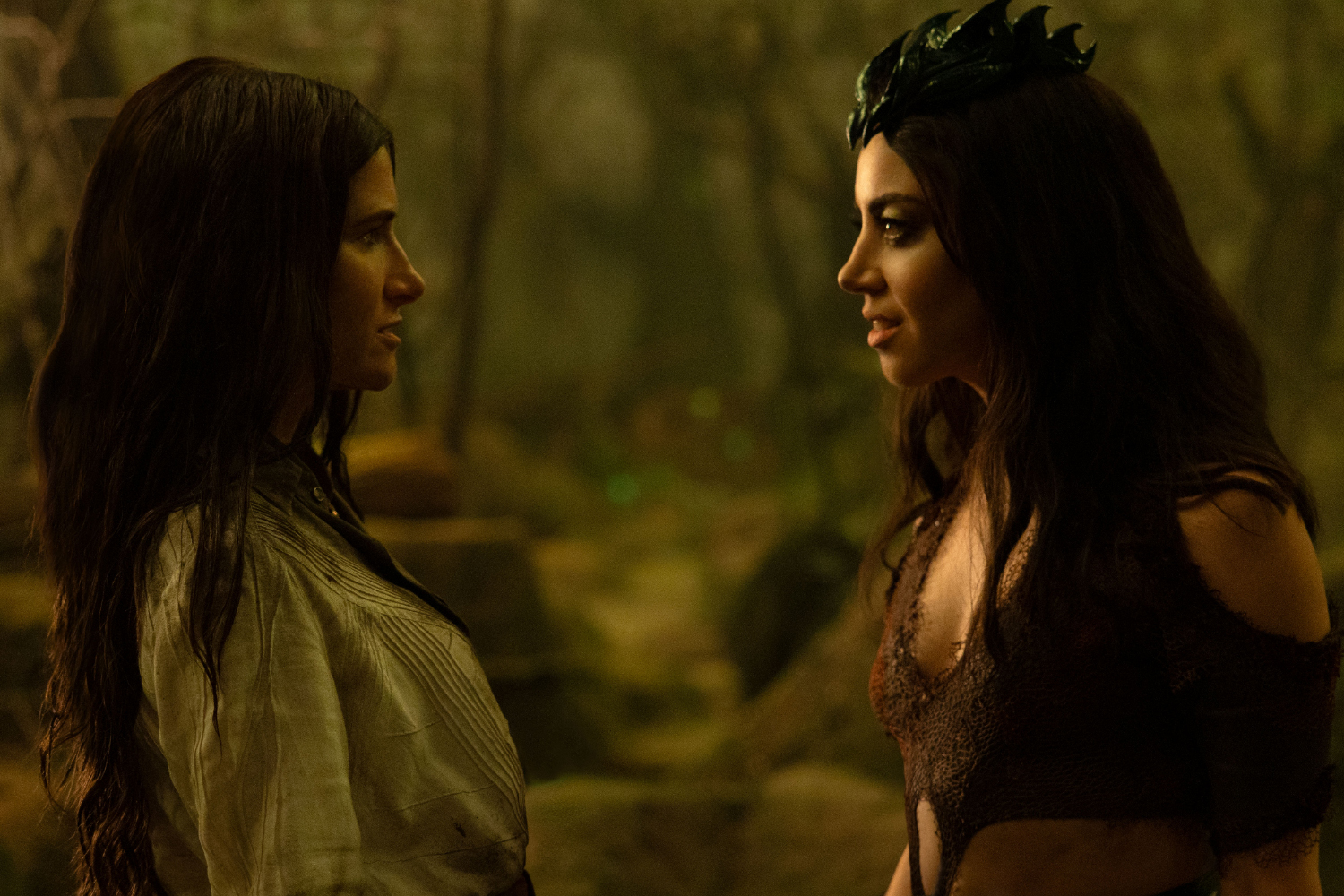One of the most impressive things about The Gifted has been its ability to tell an absolutely fantastic X-Men story without actually featuring most of the X-Men one might assume would be included in the series. Instead, most of the show’s mutants are somewhat lesser-known characters from Marvel’s comics who are just obscure enough to reimagine without ruffling die-hard fans’ feathers.
In its second season, dubbed “Dawn of the Mutant Age,” The Gifted has introduced the sewer-dwelling Morlocks who, amidst increasing brutality and attacks from racist humans and Sentinel Services, find themselves forced even deeper into the shadows where they can live in relative peace. This week’s episode “afterMath” delves deeper into the Morlocks’ underground world and their culture and, curiously, introduces a nifty bit of X-Men lore that’s a significant nod to the franchise’s source material.
While the rest of the Mutant Underground is busy on the surface world seeking safety while they’re hunted down by mobs of angry, armed humans insistent that they won’t be “replaced” by mutants, Clarice and Marcos are busy literally underground desperately seeking refuge with the Morlocks. Up until now, The Gifted hadn’t shown us all that much of the Morlocks’ societal structure, but the pair of mutant heroes are quickly introduced to what their subterranean lives are like.
For the Morlocks, the sewers are a place where mutants with obvious, physical manifestations of their X-genes need not disguise their bodies. Here, they can live freely away from the anti-mutant bigots topside. But Morlock society is somewhat less willingly-accepting of human-presenting mutants like Marcos who, in most situations, are able to pass as flatscans (“flatscan,” you’ll recall is a derogatory term some mutants use to refer to humans.) The Morlocks’ leader Erg (Michael Luwoye) explains that mutants with no physical differences who wish to join their ranks must agree to have large “M” brands seared onto the right side of their faces, something that would immediately and permanently mark them for their genetic difference.
Of course, this is a clever nod to one of the many potential futures in Marvel’s X-Men comics, in which mutants are routinely rounded up, placed in “relocation camps,” and branded like cattle so that their mutant status will be known to humans should they ever escape. Gruesome as the branding is, The Gifted’s spin on it has a very different connotation. Rather than representing how humans view mutants as cattle meant to be slaughtered, here it’s a symbol of mutants’ solidarity with one another in a world where they’re being systematically hunted down and brutalized simply for existing.
It’s a small bit of significant world-building that once again demonstrates just how The Gifted is telling one of the most complex, powerful X-Men stories in the franchise’s history.












